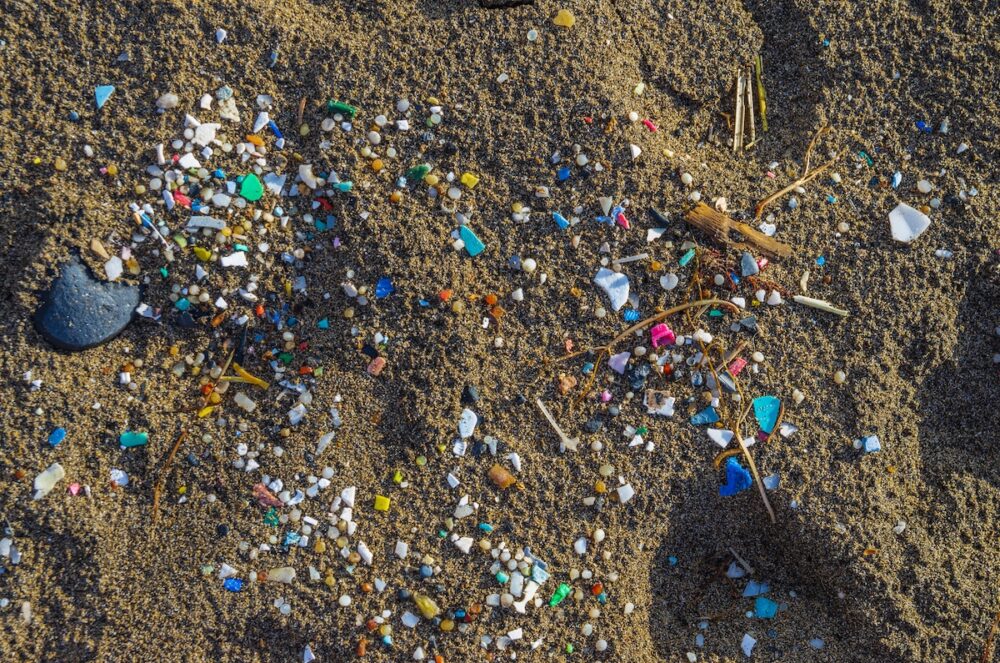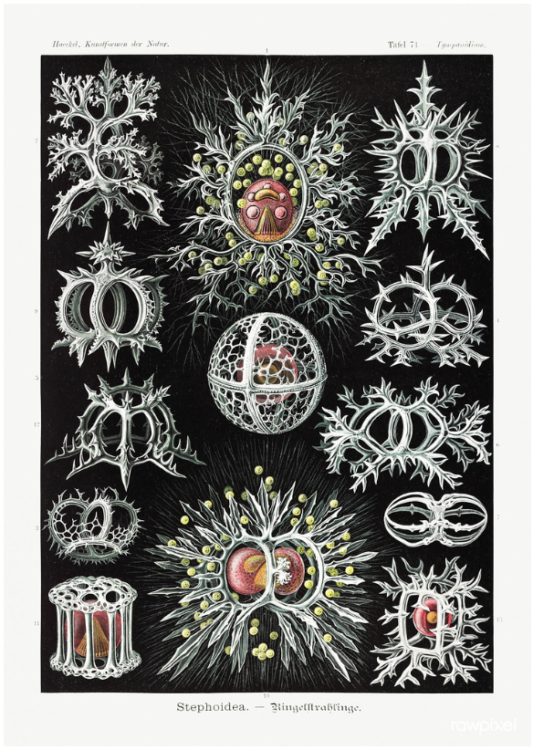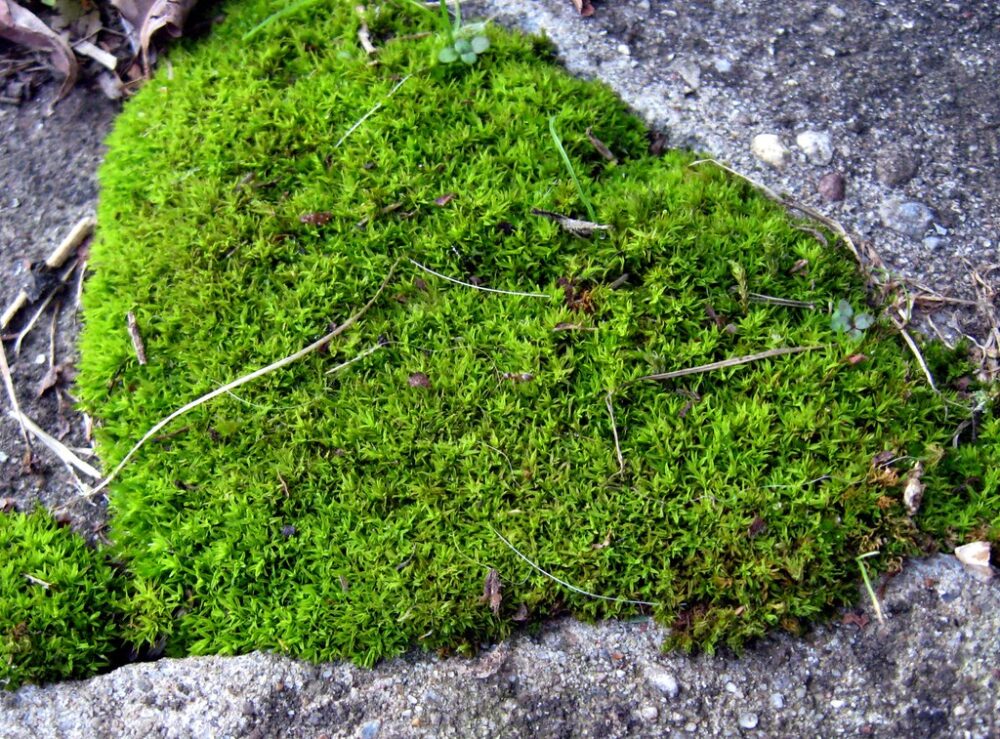Aerial electricity: Lightning and other poorly-understood phenomena
Lightning is not uncommon, nor is it particularly subtle. In fact, with approximately 9 million strikes per day, it is one of the loudest, brightest, and most common natural phenomena known to the terrestrial sciences. Most people know lightning as loud arcs of light that sometimes occur during severe storms. Indeed, this is the most […]
Aerial electricity: Lightning and other poorly-understood phenomena Read More »








